Venus, Callisto (Jupiter’s Moon), Neptune
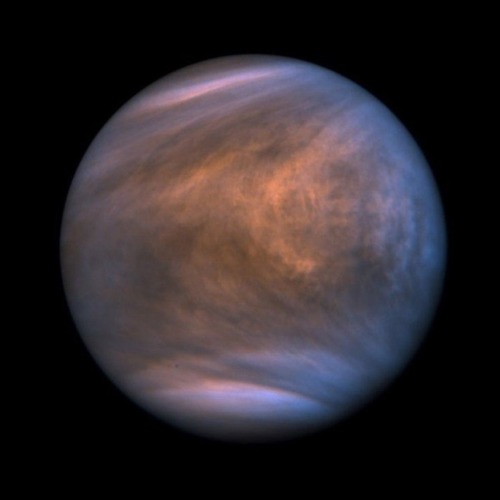

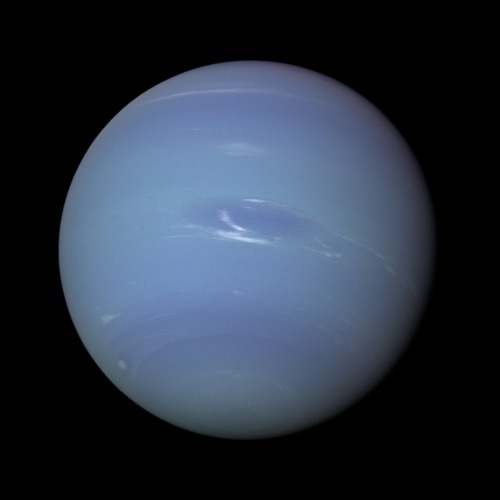
Venus, Callisto (Jupiter’s moon), Neptune
More Posts from Of-finite-jurisdiction and Others
So, this beautiful image from the James Webb telescope:

This is the Cliffs of Creation located in the Carina Nebula, approximately 7,600 lights years away.
We can see individual stars being born, eventually they will heat up enough to burn up their surrounding gases and dust.
This is the full Carina Nebula:

So... Where in this nebula are our beautiful cliffs?
Here:

Previously unseen, the James Webb has highlighted this amazing small bubble.
Edited: previous image I had highlighted the wrong area.

NGC 6960, Witch’s Broom






Stephan’s Quintet/ Carina/ Southern Ring © JWST
A Dusty Fingerprint in Space

A new image from NASA's James Webb Space Telescope reveals a remarkable cosmic sight: at least 17 concentric dust rings emanating from a pair of stars. Just 5,300 light-years from Earth, the star duo are collectively known as Wolf-Rayet 140. Each ring was created when the two stars came close together and their stellar winds (streams of gas they blow into space) collided so forcefully that some of the gas was compressed into dust. The stars' orbits bring them together about once every eight years, and forms a half-shell of dust that looks like a ring from our perspective. Like a cosmic fingerprint, the 17 rings reveal more than a century of stellar interactions—and the "fingerprint" belonging to Wolf-Rayet 140 may be equally unique. Other Wolf-Rayet stars produce dust, but no other pair are known to produce rings quite like Wolf-Rayet 140.
Learn more about Wolf-Rayet 140.
Make sure to follow us on Tumblr for your regular dose of space!

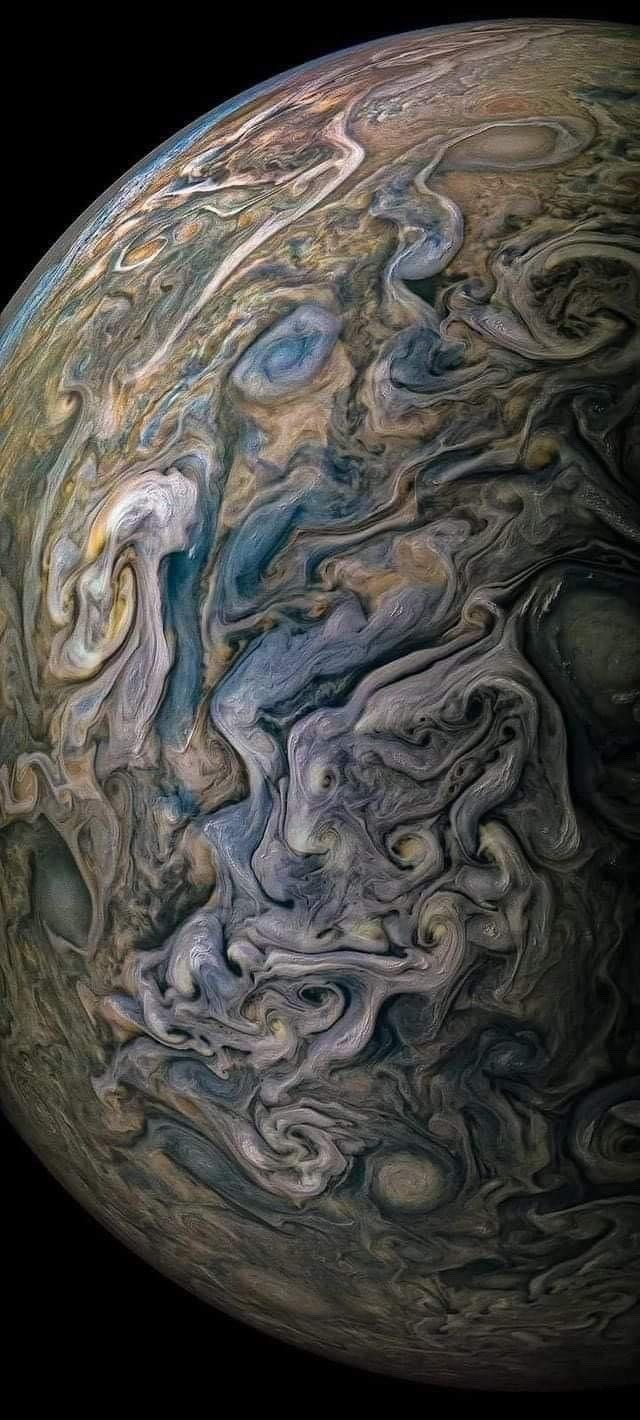



The Clearest Images of Jupiter ever taken
These beautifully real images are some of the closest images of Jupiter. Jupiter is the fifth planet from the Sun and the largest in the Solar System. It is a gas giant with a mass more than two and a half times that of all the other planets in the Solar System combined, but slightly less than one-thousandth the mass of the Sun. The original image was captured by JunoCam, the camera on NASA's Juno mission in orbit around Jupiter. This image was taken on Juno's 22nd close pass by Jupiter on Sept. 12, 2019 with image processing done by Prateek.
📸: NASA's Juno Space Probe / JunoCam
![Screenshot from nebula Wikipedia page: The "Pillars of Creation" from the Eagle Nebula. Evidence from the Spitzer Space Telescope suggests that the pillars may already have been destroyed by a supernova explosion, but the light showing us the destruction will not reach the Earth for another millennium.[1]](https://64.media.tumblr.com/b10fae13b89258a4bbd4b2cd7cf10646/939e648398194b92-95/s500x750/dd77cb9b6f24b0eaca6ca04b691a327c71641d09.jpg)
btw . insane little wikipedia caption for everyone’s consideration also

Spiral Galaxy NGC 2841 : A mere 46 million light-years distant, spiral galaxy NGC 2841 can be found in the northern constellation of Ursa Major. This deep view of the gorgeous island universe was captured during 32 clear nights in November, December 2021 and January 2022. It shows off a striking yellow nucleus, galactic disk, and faint outer regions. Dust lanes, small star-forming regions, and young star clusters are embedded in the patchy, tightly wound spiral arms. In contrast, many other spirals exhibit grand, sweeping arms with large star-forming regions. NGC 2841 has a diameter of over 150,000 light-years, even larger than our own Milky Way. X-ray images suggest that resulting winds and stellar explosions create plumes of hot gas extending into a halo around NGC 2841. via NASA
Don't talk to me right now I'm thinking of the new Jupiter photos and Vincent Van Gogh:








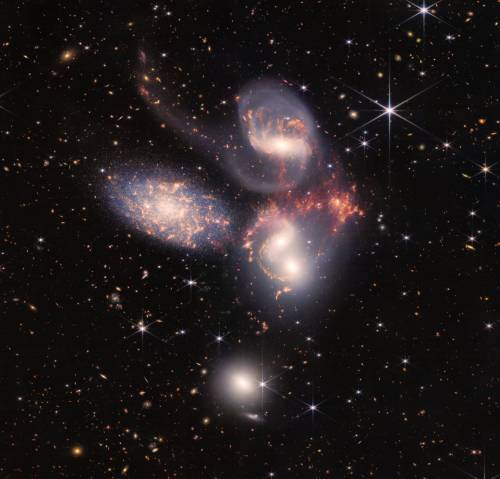
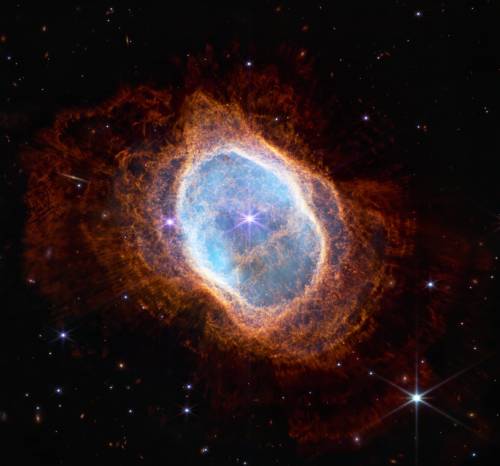
NASA’s Webb Space Telescope Reveals Astounding, Unprecedented Views of the Universe
-
 walking-anomaly liked this · 2 weeks ago
walking-anomaly liked this · 2 weeks ago -
 xuxuuzinh liked this · 2 weeks ago
xuxuuzinh liked this · 2 weeks ago -
 ojitos-de-lunaa reblogged this · 2 weeks ago
ojitos-de-lunaa reblogged this · 2 weeks ago -
 tinejust reblogged this · 2 weeks ago
tinejust reblogged this · 2 weeks ago -
 tinejust liked this · 2 weeks ago
tinejust liked this · 2 weeks ago -
 sweepmeoffmyfeet liked this · 2 weeks ago
sweepmeoffmyfeet liked this · 2 weeks ago -
 klaidavoid liked this · 2 weeks ago
klaidavoid liked this · 2 weeks ago -
 sadgirlzclubxo reblogged this · 2 weeks ago
sadgirlzclubxo reblogged this · 2 weeks ago -
 exhalestars liked this · 2 weeks ago
exhalestars liked this · 2 weeks ago -
 nerve00000 reblogged this · 2 weeks ago
nerve00000 reblogged this · 2 weeks ago -
 nerve00000 liked this · 2 weeks ago
nerve00000 liked this · 2 weeks ago -
 thelostgirlfiles reblogged this · 2 weeks ago
thelostgirlfiles reblogged this · 2 weeks ago -
 blazedgirlll liked this · 2 weeks ago
blazedgirlll liked this · 2 weeks ago -
 dollcndy liked this · 2 weeks ago
dollcndy liked this · 2 weeks ago -
 notclevr liked this · 2 weeks ago
notclevr liked this · 2 weeks ago -
 differentplaneofreality reblogged this · 2 weeks ago
differentplaneofreality reblogged this · 2 weeks ago -
 differentplaneofreality liked this · 2 weeks ago
differentplaneofreality liked this · 2 weeks ago -
 bbyzeeeee reblogged this · 2 weeks ago
bbyzeeeee reblogged this · 2 weeks ago -
 bendita-cerveza reblogged this · 2 weeks ago
bendita-cerveza reblogged this · 2 weeks ago -
 captainlexinez liked this · 2 weeks ago
captainlexinez liked this · 2 weeks ago -
 emolatinaa reblogged this · 2 weeks ago
emolatinaa reblogged this · 2 weeks ago -
 ohhhnoooooohno reblogged this · 2 weeks ago
ohhhnoooooohno reblogged this · 2 weeks ago -
 ohhhnoooooohno liked this · 2 weeks ago
ohhhnoooooohno liked this · 2 weeks ago -
 3raccoons-ina-trenchcoat reblogged this · 2 weeks ago
3raccoons-ina-trenchcoat reblogged this · 2 weeks ago -
 3raccoons-ina-trenchcoat liked this · 2 weeks ago
3raccoons-ina-trenchcoat liked this · 2 weeks ago -
 softpxrn-angel reblogged this · 2 weeks ago
softpxrn-angel reblogged this · 2 weeks ago -
 joypainandsky liked this · 2 weeks ago
joypainandsky liked this · 2 weeks ago -
 honey-creepers-blog reblogged this · 2 weeks ago
honey-creepers-blog reblogged this · 2 weeks ago -
 sunshinesensitivity liked this · 2 weeks ago
sunshinesensitivity liked this · 2 weeks ago -
 honeyyintentions reblogged this · 2 weeks ago
honeyyintentions reblogged this · 2 weeks ago -
 honeyyintentions liked this · 2 weeks ago
honeyyintentions liked this · 2 weeks ago -
 mightbeamistake liked this · 2 weeks ago
mightbeamistake liked this · 2 weeks ago -
 mxsbxhxv reblogged this · 2 weeks ago
mxsbxhxv reblogged this · 2 weeks ago -
 yumeabby liked this · 2 weeks ago
yumeabby liked this · 2 weeks ago -
 taribabygurl reblogged this · 2 weeks ago
taribabygurl reblogged this · 2 weeks ago -
 taribabygurl liked this · 2 weeks ago
taribabygurl liked this · 2 weeks ago -
 sunochanda liked this · 2 weeks ago
sunochanda liked this · 2 weeks ago -
 l1ttl3l4mbb liked this · 2 weeks ago
l1ttl3l4mbb liked this · 2 weeks ago -
 auroragore liked this · 2 weeks ago
auroragore liked this · 2 weeks ago -
 thelagostins reblogged this · 2 weeks ago
thelagostins reblogged this · 2 weeks ago -
 thelagostins liked this · 2 weeks ago
thelagostins liked this · 2 weeks ago -
 ihatemyexwife reblogged this · 2 weeks ago
ihatemyexwife reblogged this · 2 weeks ago -
 quiet-curiosity liked this · 2 weeks ago
quiet-curiosity liked this · 2 weeks ago -
 tmbyykk reblogged this · 2 weeks ago
tmbyykk reblogged this · 2 weeks ago -
 myfriendscallmegoose reblogged this · 2 weeks ago
myfriendscallmegoose reblogged this · 2 weeks ago -
 makalasweet reblogged this · 2 weeks ago
makalasweet reblogged this · 2 weeks ago -
 iwasinhellwhenyoutoldmetogothere liked this · 2 weeks ago
iwasinhellwhenyoutoldmetogothere liked this · 2 weeks ago -
 death-s-head-moth reblogged this · 2 weeks ago
death-s-head-moth reblogged this · 2 weeks ago -
 temptingpanda liked this · 2 weeks ago
temptingpanda liked this · 2 weeks ago -
 sizzlingcandyjellyfishhhhhh liked this · 2 weeks ago
sizzlingcandyjellyfishhhhhh liked this · 2 weeks ago

Finn OFJ’s space blog. Do you love space?? you better. or else
39 posts

